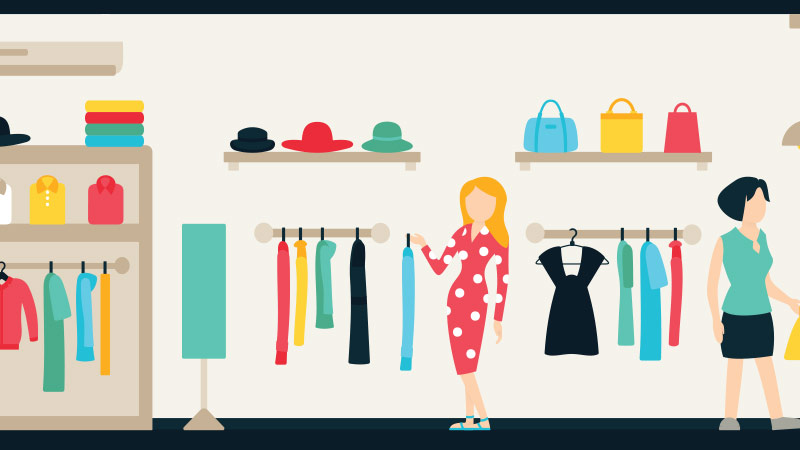According to Fortune, 51% of consumers make their shopping purchases online. For most of us, this statistic isn’t particularly surprising. It’s difficult to find people who don’t buy things online and we might even know those who only shop online. Some of us love the convenience of front-door delivery, while others appreciate being able to avoid parking lot traffic, but no matter the reason, online shopping is here to stay.
Despite the ever-growing interest in online shopping, in-person shopping is nowhere near dead. In fact, there is a revolution in purchasing habits that has opened up a unique (and fun!) new trend in retail: the pop-up shop.
These temporary, physical stores are designed to leave highly impactful, long-term impressions on consumers. Pop-up shops are known for their one-of-a-kind designs and hey-look-over-there locations. They showcase the unique character of a brand to give consumers an offline experience they will never forget. From top to bottom, a pop-up shop reflects the personality of a brand. It’s as if you get a chance to “meet” a brand in person, and then realize you really want to be their friend.
Pop-up shops have gained a lot of attention over the past few years thanks to celebrities who have jumped on the pop-up shop craze. In 2016 Kanye West opened 21 pop-up shops around the globe highlighting his The Life of Pablo tour merchandise. Gwyneth Paltrow launched a number of goop pop-up shops in 2016, some of which offered a $995 cashmere blanket. And Kylie Jenner’s pop-up shop in New York saw people waiting in line for 48 hours—in snow and rain—before it opened.
Pop-up shops are temporary. They are exclusive. And you better see them while you can (not to mention buy that limited-edition item before it sells out!).
But pop-up shops aren’t only for the rich and famous. They don’t even have to be elaborate or fancy. Some of the best pop-up shops are the ones that embrace minimalism, think outside the location-box, and focus on creating a meaningful experience for consumers. Pop-up shops can be as simple as a cart on four wheels designed to whimsically display eyeglasses or a vintage airstream filled with vintage-inspired clothing. Less can often be more. After all, scarcity only heightens the sense of urgency in consumers.
Pop-up shops can virtually look like anything and show up anywhere (permits, permitting of course) while giving brands a chance to showcase their sharply focused knowledge of their audience. If a brand caters to outdoor enthusiasts, they may transform an empty retail space into a temporary woodland wonderland. If a brand’s signature color is bubblegum pink, they might construct a giant gumball machine consumers can walk inside. They can even offer takeaway experiences consumers could never get online like tarot card readings, manicures or hot cups of tea.
As more and more people shop online, in-person shopping experiences will continue to find innovative ways to entice and delight shoppers. The poet Henry David Thoreau said “the world is but a canvas to our imaginations,” and pop-up shops are doing their best to create masterful works of art for all of us to enjoy—once we step away from our screens.
